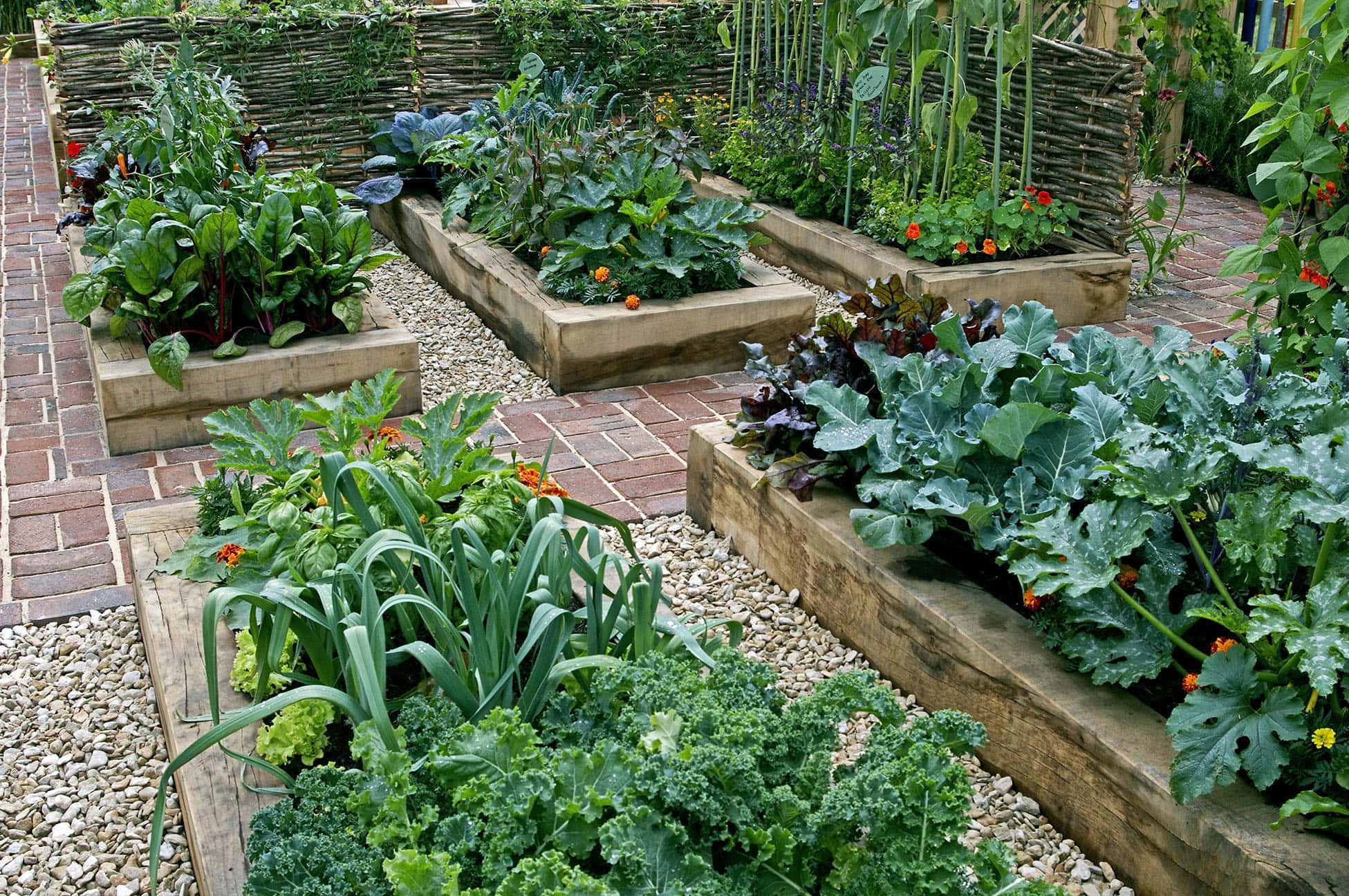How To Grow An Organic Garden – 25 Tips & Tricks
-
Pete Ortiz
- Last updated:
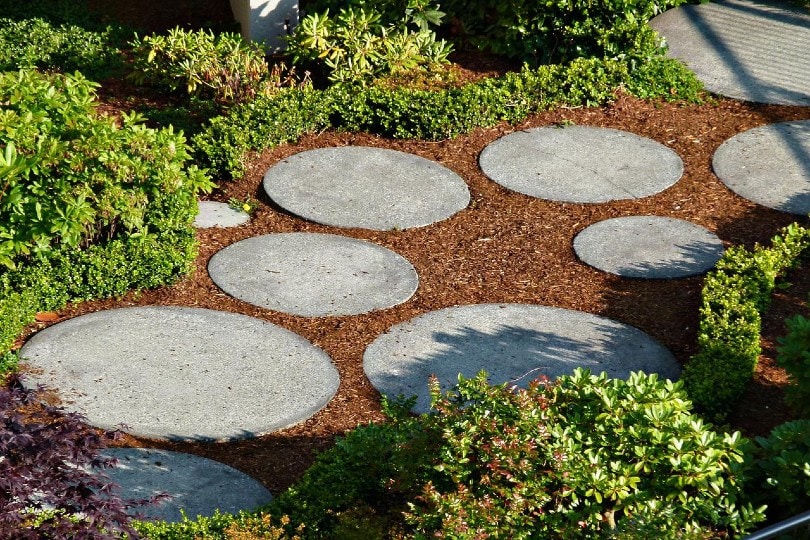
Starting a new organic garden can be tricky. Not only do you have to worry about the growing process, but you need to be careful about which products you use and which insects you keep away.
To help you out, we have compiled these 25 tips and tricks for growing an organic garden. Scroll down to keep learning.
The 25 Tips & Tricks On How To Grow An Organic Garden
1. Know Your Zones

Before starting a garden, always know your USDA zone and your sunset zone. Both zones will help you pick the best plants based on your unique location. If you do not select plants based on your zones, they might not be suitable for your environment.
2. Know Where the Sun Hits
All plants need at least some sun to survive. Some varieties will need full sunlight, whereas others will need full shade. Either way, know where the sunlight hits in your garden. This will allow you to plant varieties based on sunlight amount. There should be full sunlight, partial shade, and complete shade.
3. Test Your Soil
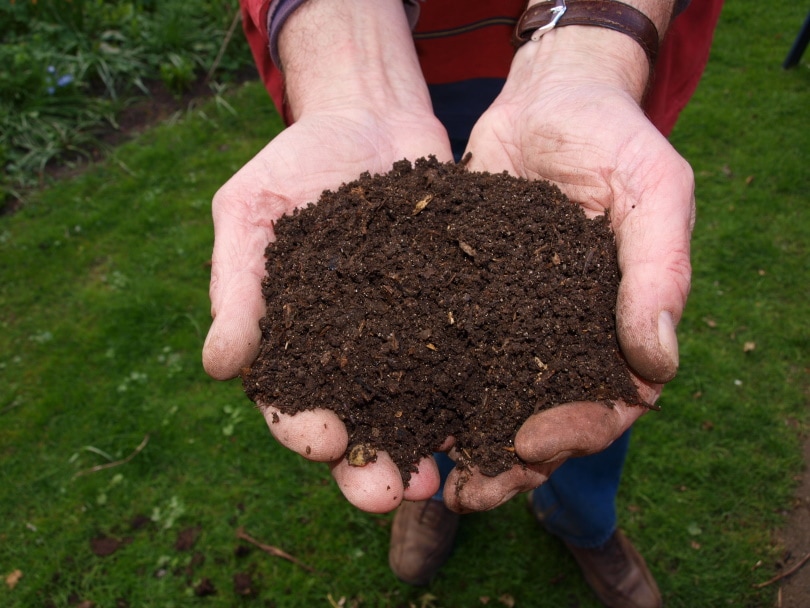
To the untrained eye, all soil can look the same, but soil is vastly different. Soil can have different consistency and nutrients. You will want to test your soil to learn what kind of soil you have.
Once you know the soil type in your garden, you have two options. You can select plants that match your soil type, or you can add compost and fertilizers to your soil to change its composition.
4. Know Your Plants
In addition to knowing your own garden and soil, you have to know your plants. Knowing your plants will allow you to know the best time to plant and harvest, as well as shading, watering, and nutrient needs.
5. Transplant Young Plants
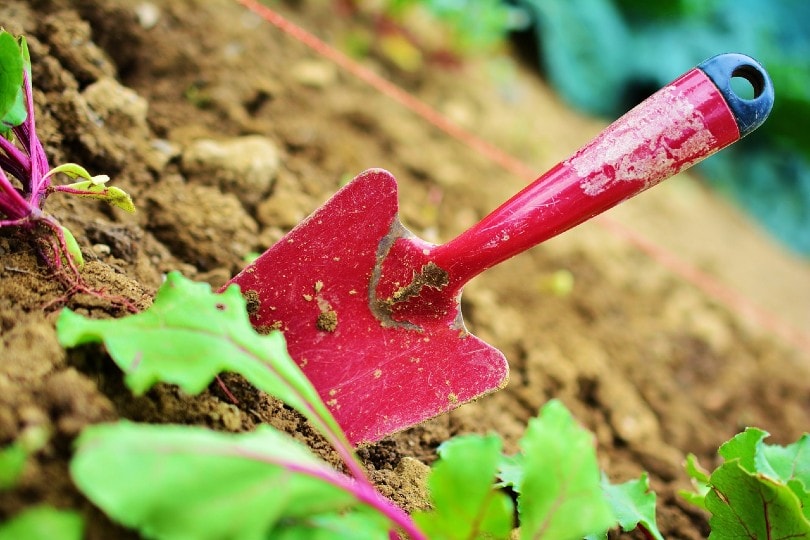
It can be challenging to start a garden from seeds. Due to uncontrollable temperature and water amounts, many seeds do not make it. To avoid this nasty scenario, begin seeds in a container. This will allow you to monitor and encourage root development.
Once a root truly takes hold, you can then transplant the plant to your garden. You will want the hole to be larger than the soil around the root to encourage growth. It’s also a good idea to add more compost around the hole so that the plant gets adequate nutrients for optimal growth.
6. Pull Roots Apart If Need-Be
Whenever you go to transplant your young plants, check the roots. If the roots are in tight circles, you will want to gently pull the roots apart. This will allow the roots to grow outwards and take shape in the natural soil.
7. Give Plants Room To Grow
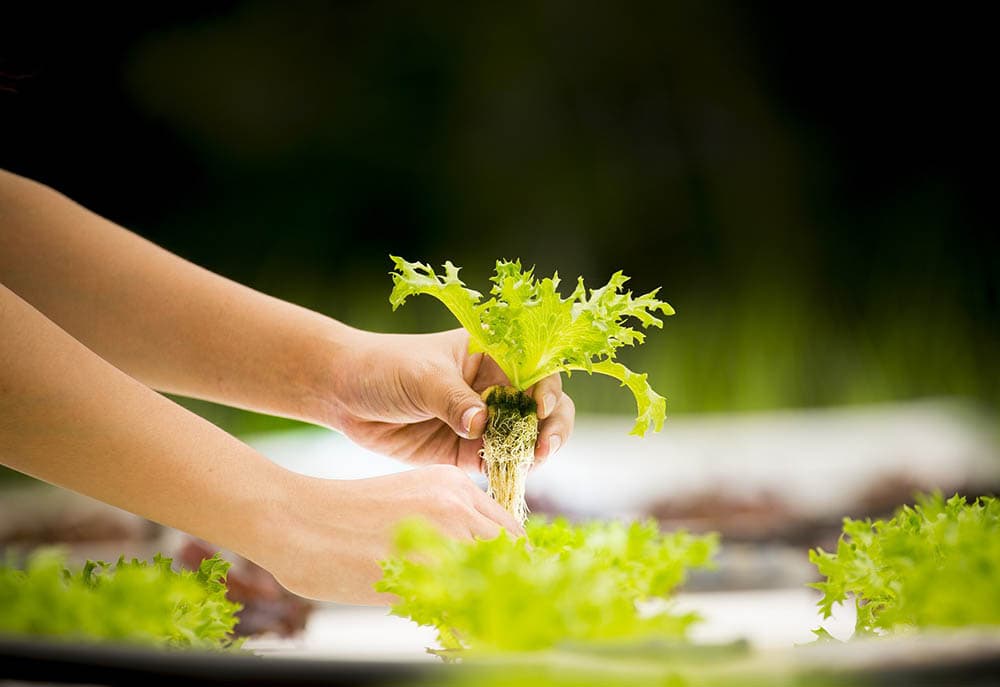
Whenever you first start placing young plants or seeds, it can be tempting to put the plants close together so that the garden looks vibrant and full of life. You will quickly regret this decision.
You want to give young plants adequate room to grow. Check labels to learn how large the plant will be and how much space it needs. If you fail to do this, the plants will begin competing for nutrients, which will cause some to die off.
8. Prune Responsibly
Pruning is essential for starting an organic garden, but you can’t go crazy with the shears either. Primarily focus your attention on old or dead blooms. When you should prune depends on the type of plant in question.
9. Water Strategically
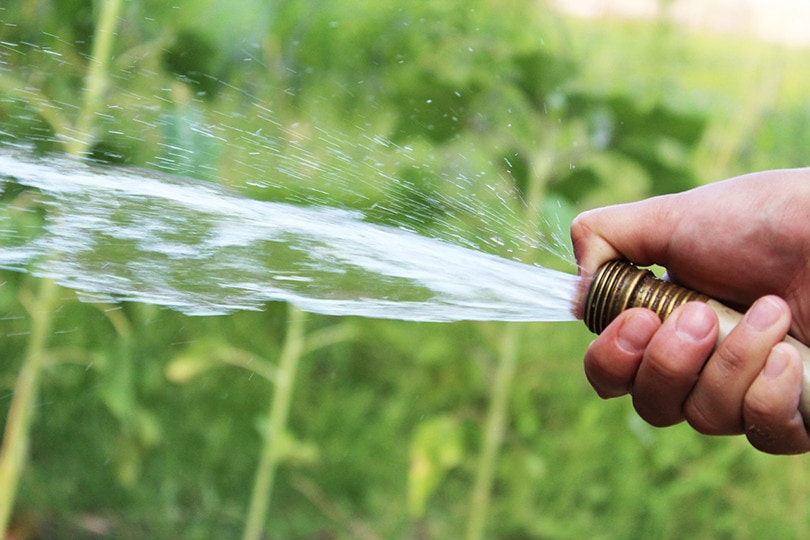
Everyone knows that you must water plants, but not everyone does so strategically. You want to water your plants at ground level so that the water will penetrate as deeply as possible. This encourages root growth and combats weed growth.
For even better results, water your garden in the morning. This helps to conserve any moisture loss and fight fungal diseases.
10. Discourage Weeds from Day One
The best way to weed is to prevent weeds from day one. You will want to layer mulch and paper in your garden beds and paths. That way, you don’t have to worry about weeding every day.
11. Weed Before It Flowers

One easy mistake that many new gardeners make is failing to weed soon enough. They begin weeding only after the weed has taken flower form. Unfortunately, this is too late for many scenarios. By this point, weed will likely have spread, which will turn into a problem for later years as well.
Instead, try to weed as soon as you notice any sprouts. This will stop the weed before it has a chance to spread its seeds elsewhere in your garden.
12. Plant Herbs
Some of the best plants to grow are herbs. Not only are they easy to grow, but they are tasty and repel many known pests, including insects, rabbits, and deer. There are a variety of herbs you can choose from, including rosemary, oregano, and mint.
Depending on your environment, you might need to plant herbs in containers, but herbs can grow in many outside gardens as well.
13. Dry Herbs for Later
If you plant your herbs outside, there are ways that you can dry the herb so you can have them for later. All you need to do is pick up all your leftover herbs and tie them together using a rubber band. Hang the bunches up with the tips down in a dry but shady place.
After the herbs are dried out, you can either store them in canning jars or freeze them. Now you have fresh herbs for the entire year.
14. Know Which Insects To Look For
Certain insects are frequently common in organic gardens. Aphids, tomato hornworms, and Japanese beetles are super common. Watch out for these insects so you know if you need to do something about them.
15. Ladybugs Aren’t Bad

Although there are many insects you want to keep away from your garden, ladybugs are not one of them. Ladybugs actually help to keep your garden healthy and alive. You can attract more ladybugs to your area by growing nectar-producing plants, such as dill, fennel, or parsley.
Ladybugs aren’t the only good insects. In fact, only about 2% of insects are bad for gardens.
16. Encourage Earthworms
In addition to ladybugs, earthworms are great for your garden. They make the soil extra healthy so that the plants can grow, and the roots can take hold. Encourage earthworms when you can.
17. Combat Insects Naturally
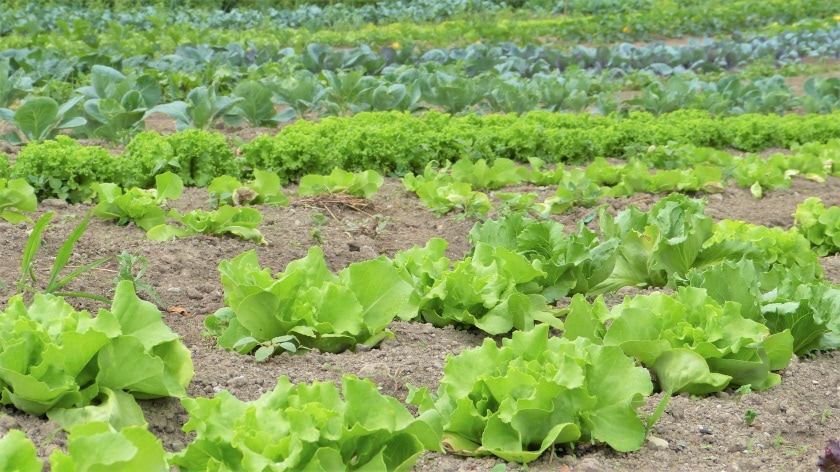
As an organic gardener, you want to select the most natural ways to protect your garden from insects and other pests. One of the best ways to prevent insects from eating your plants is to select strong-smelling plants that insects flee from. Onions, garlic, chives, and even chrysanthemums are great choices.
You can pair these plants with other flowers and plants as well. For example, many rose beds have garlic below the buds. This prevents insects in a natural way. Plus, you have some edible plants that you can cook with.
18. Know Your Organic Options
It is an unfortunate fact of gardening that you will need some sort of insecticide or herbicide at some point. Luckily, there are some organic options you can select. Neem oil, for example, is a natural substance that protects against mites, insects, mildew, and mold.
19. Leave Leaves Lie
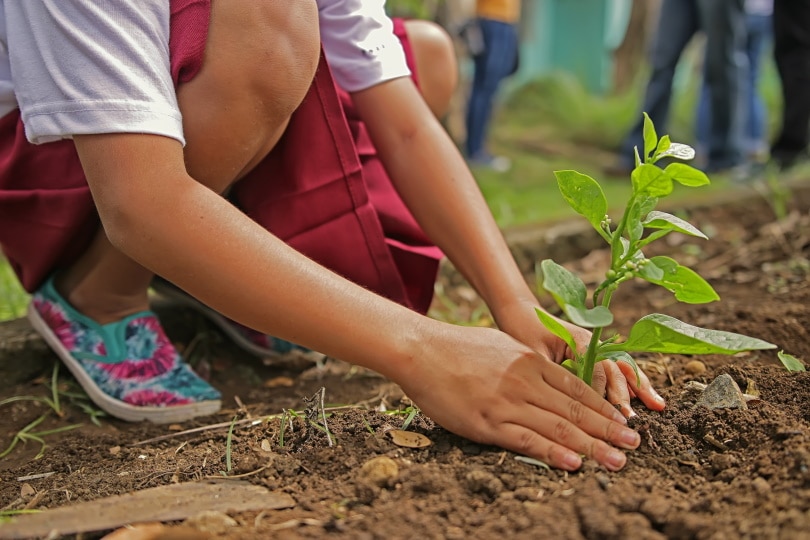
In the fall, it may be tempting to pick up leaves. However, letting leaves remain is a great way to ensure your plants get nutrients. Plus, it will feed birds and other wildlife.
That being said, be aware that certain plants do not need to be covered with leaves. If you have these sorts of plants in your garden, you obviously need to pick the leaves up.
20. Compost!
The key to any successful organic garden is compost. Compost will nourish the ground in an organic and healthy way. You want to incorporate compost into your garden from its early stages but continue adding compost using leftover plants.
If you have a lot of compost that you can’t possibly use at once, use a tarp to cover the compost. This will prevent nutrients from leaching out.
21. Protect Your Plants From Frost
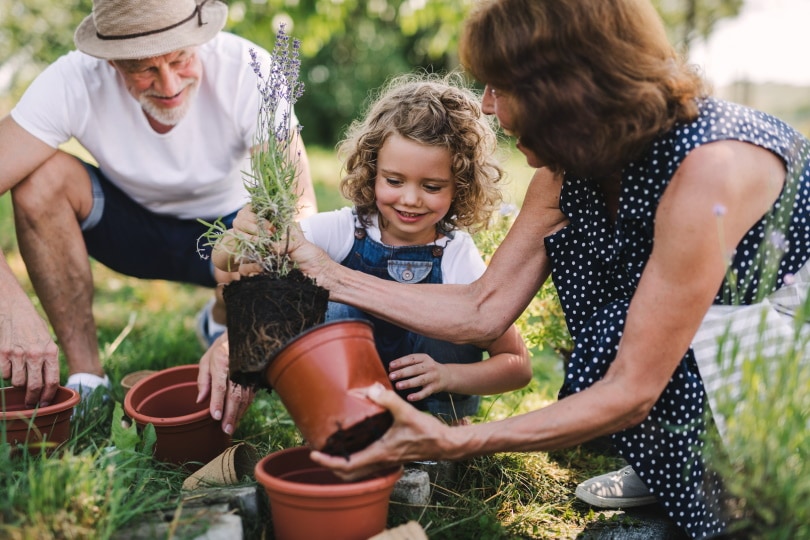
Whenever there’s a frost warning, protect your plants by using old jugs, soda bottles, and other containers. Just cut a piece of the container out and place the plant inside. This will protect your plants from frost while also reusing plastic materials.
22. Focus On Your Soil
Your soil truly is the key to your garden’s success. The soil will determine what types of plants can grow, how healthily they can grow, and what types of insects are in the area. Focus most of your attention on your soil during the offseason so that it is healthy whenever it’s time to plant.
23. Rotate Crops
A rooky mistake is planting the same crops in the same location every year. What ends up happening when you do this is that the soil gets depleted of certain nutrients. You can avoid this scenario by rotating your crops every year. This reduces both pest and disease problems.
24. Know When It’s Time To Harvest
Especially if you have a vegetable garden, know when it’s time to harvest. Picking your plants too soon or too late will render them practically useless. Most vegetable gardens have peak harvest during August.
25. Have Fun!

This may seem like a useless tip, but make sure to have fun whenever you are gardening. If your garden becomes a chore, you are less likely to devote time, energy, and attention to it. So, make the garden fun by trying out new recipes or new plants.
Tips For How To Start An Organic Garden (% Tips)
If you have not started an organic garden before, here are five steps you need to take to get started:
1. Understand Your Area
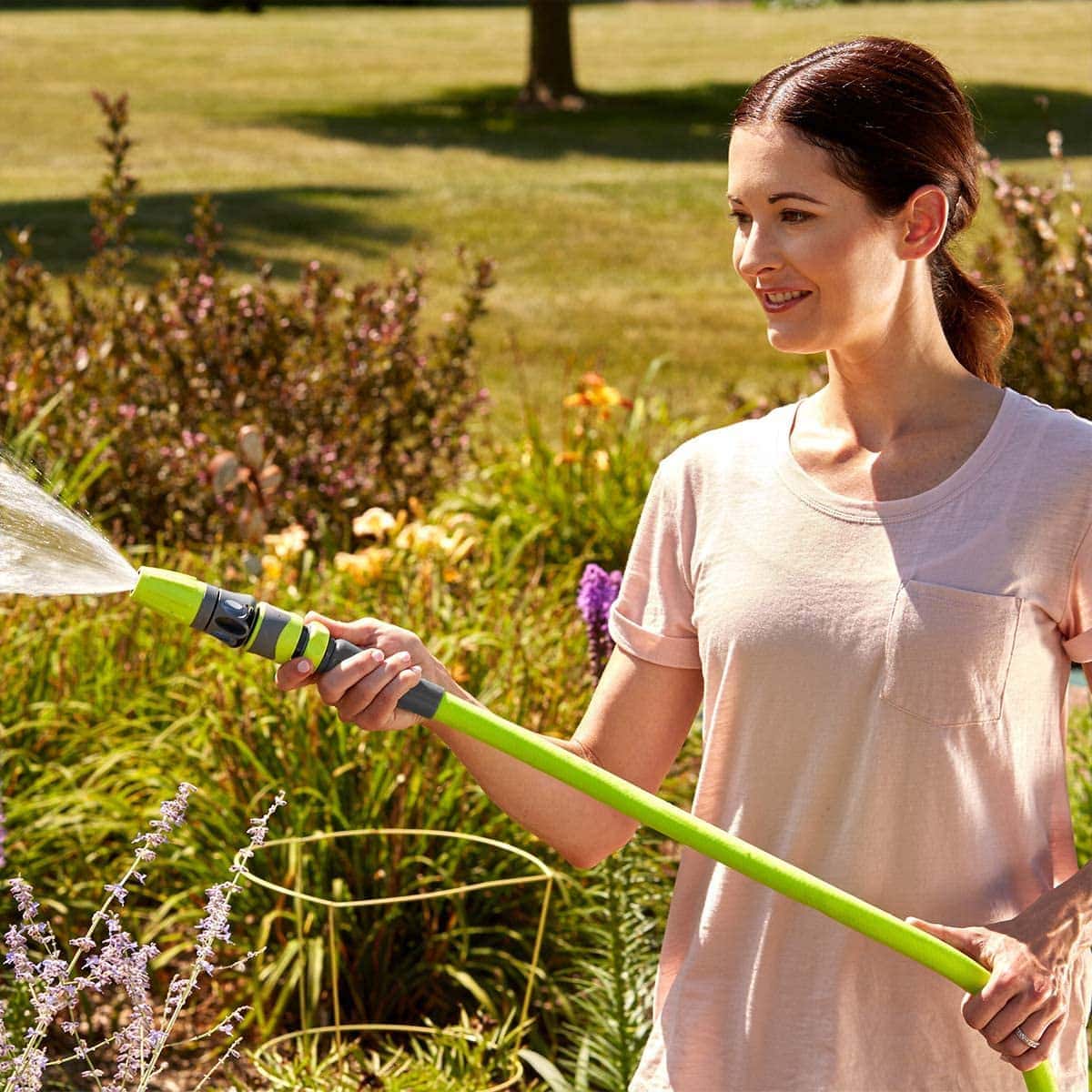
The most important thing to do whenever you are starting an organic garden is to understand your area. This includes knowing your USDA zone and your sunset zone. By knowing these zones, you will be able to select plants that are known to grow in your area.
2. Select Your Garden Boundaries
Now that you know your area, select your garden boundaries. The garden definitely needs a lot of sunlight. If you have enough space, you might want to include areas with full sunlight, partial shade, and full shade so that you can plant a variety of species.
3. Test Your Soil
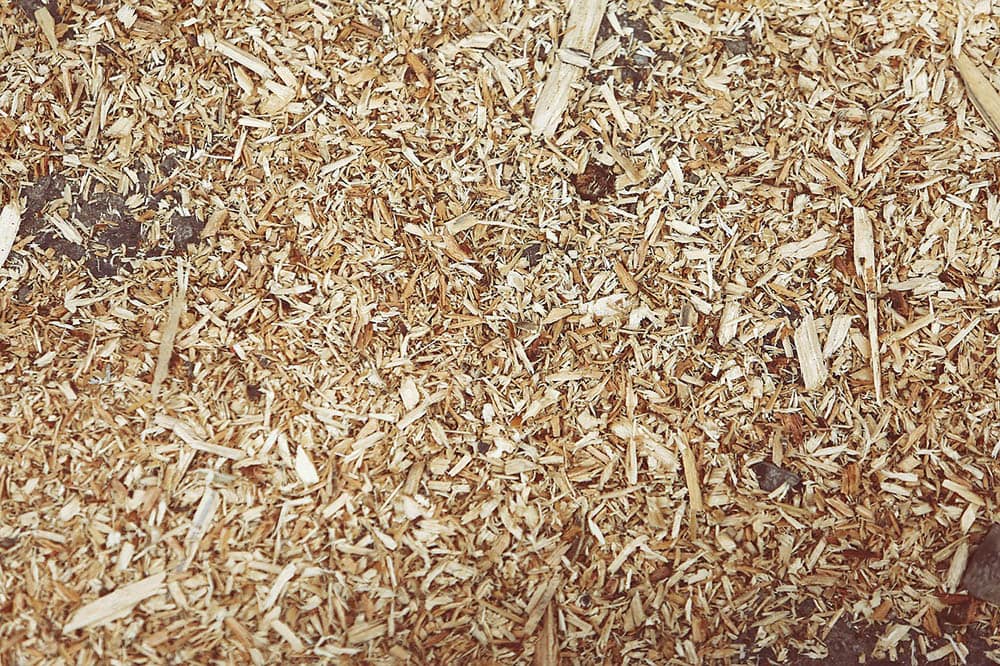
You’ll need to test your soil to learn what nutrients it has and if it needs any treatment. Test the soil within the garden boundaries and treat the soil as needed.
4. Start A Compost Pile

A compost pile will help to keep your soil nourished and healthy in an organic and natural way. Begin a compost pile using scraps from your kitchen so that you can apply the compost to your garden.
5. Get To Planting
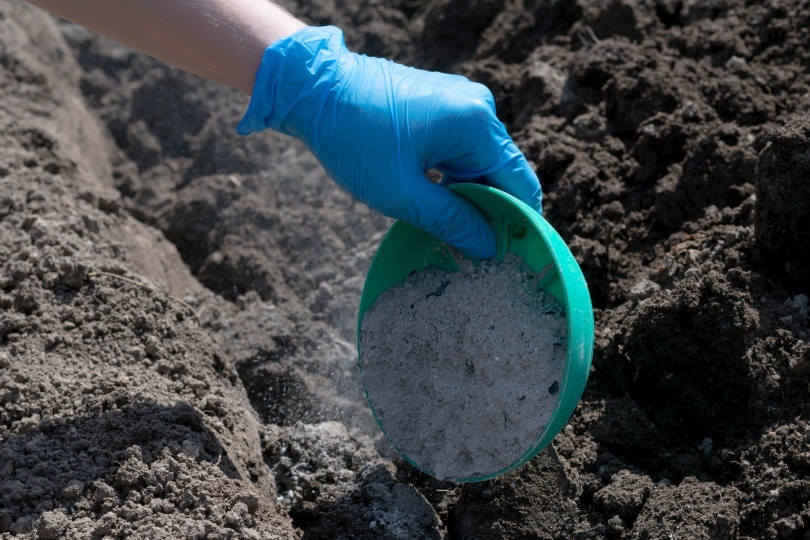
The last thing to do is to actually start planting. Select species that are specific to your area. Make sure the seeds and plants are organic and read their planting instructions to ensure everything goes as smoothly as possible.
 Conclusion
Conclusion
Planting a compost garden can be difficult, but it’s a lot easier with our tips and tricks. Try out all these tips to grow the best organic garden in your area. Good luck and happy planting!
See also: How to Grow Parsley Indoors — Tips, Tricks, and Guide
- https://www.envconst.com/Climate_zones_USDA_map_vs_Sunset_map.php#:~:text=The%20Sunset%20zone%20system%20takes,Sunset%20system%20has%20over%2040.
- https://www.rhs.org.uk/soil-composts-mulches/soil-types
- https://www.youtube.com/watch?v=uCOu4HQKinw
- https://www.latimes.com/home/la-hm-ga-deep-water-technique-20190621-story.html
- https://www.gardentech.com/blog/pest-id-and-prevention/identifying-good-and-bad-bugs-in-your-garden-infographic
- https://www.almanac.com/how-attract-earthworms-your-garden
- https://www.gardeningknowhow.com/composting/basics/starting-compost-pile.htm
- https://hgic.clemson.edu/factsheet/harvesting-vegetables/
Featured Image Credit: ArtTower, Pixabay
Contents


